
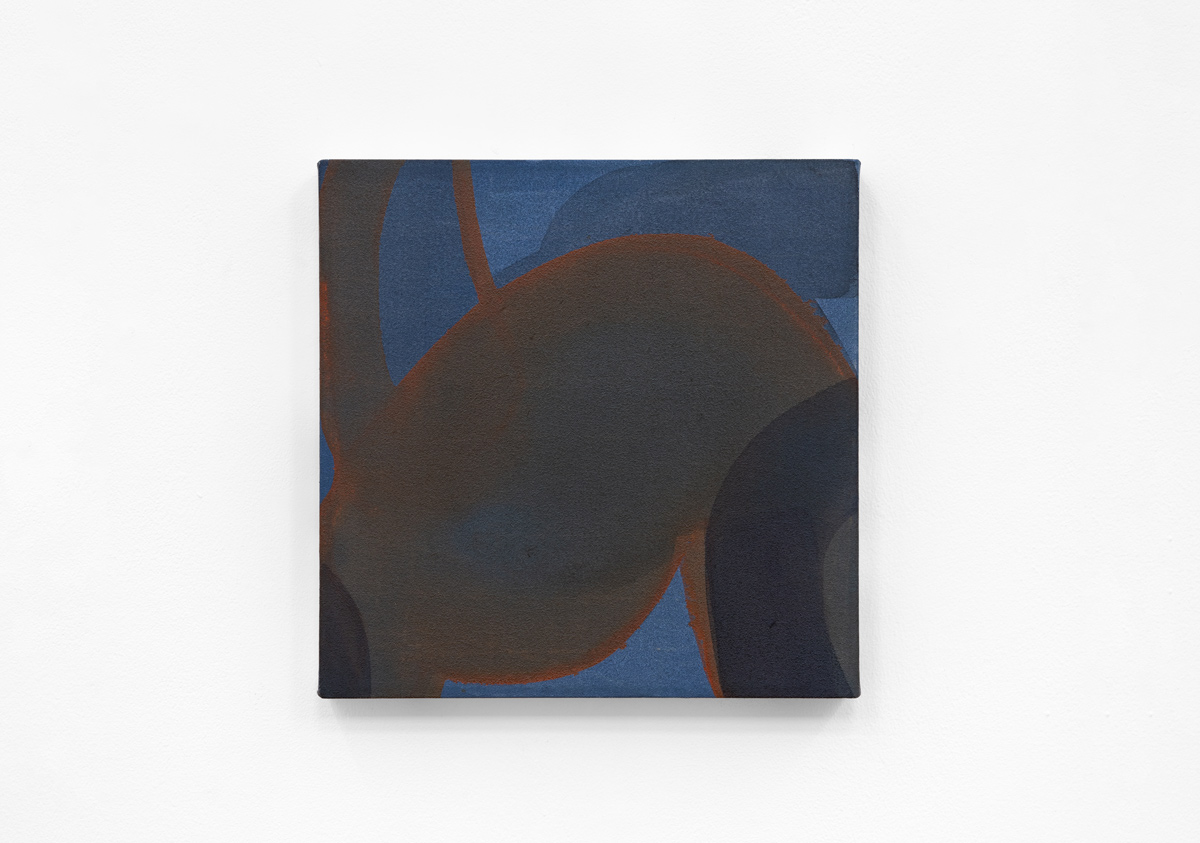


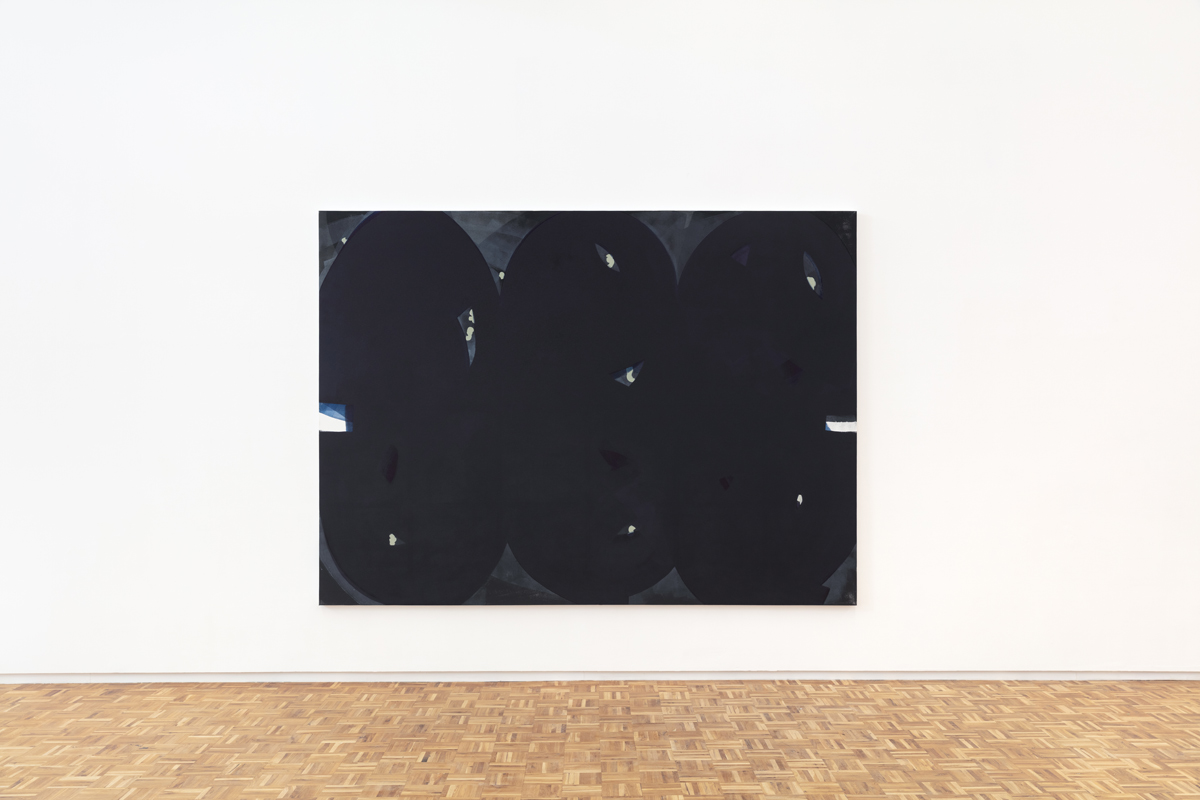
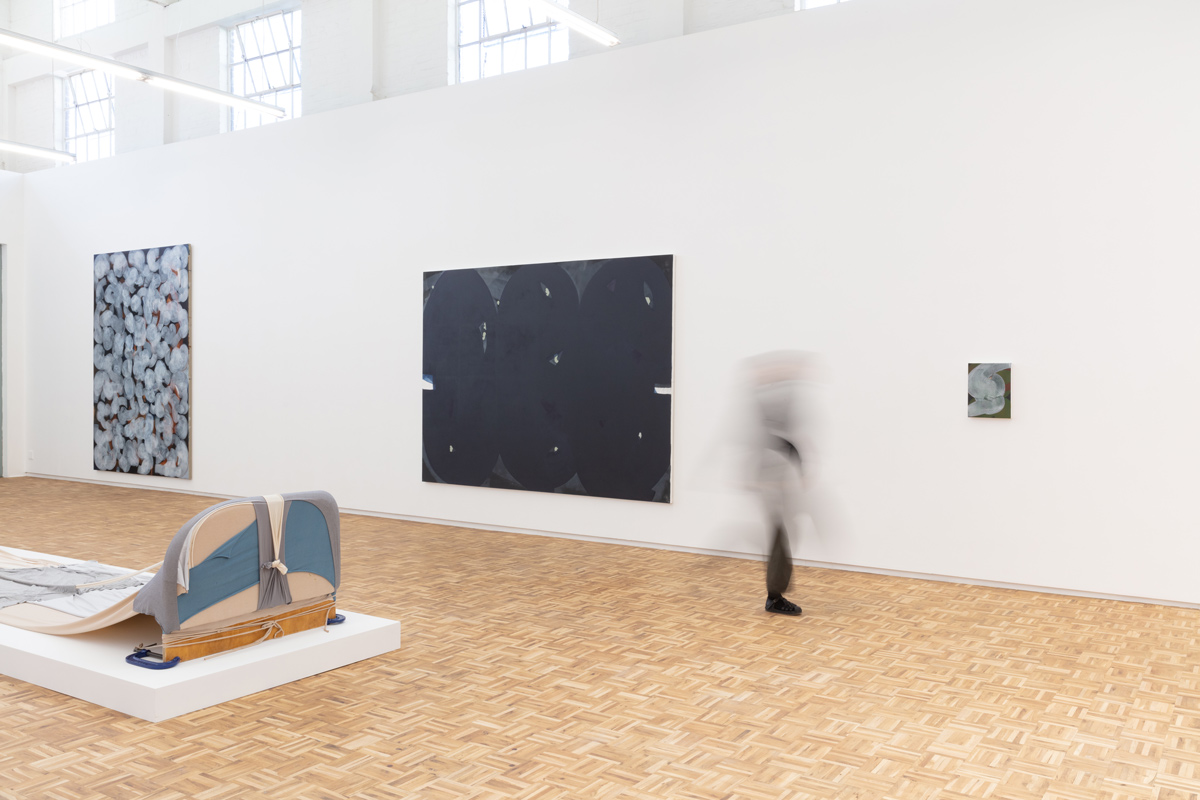

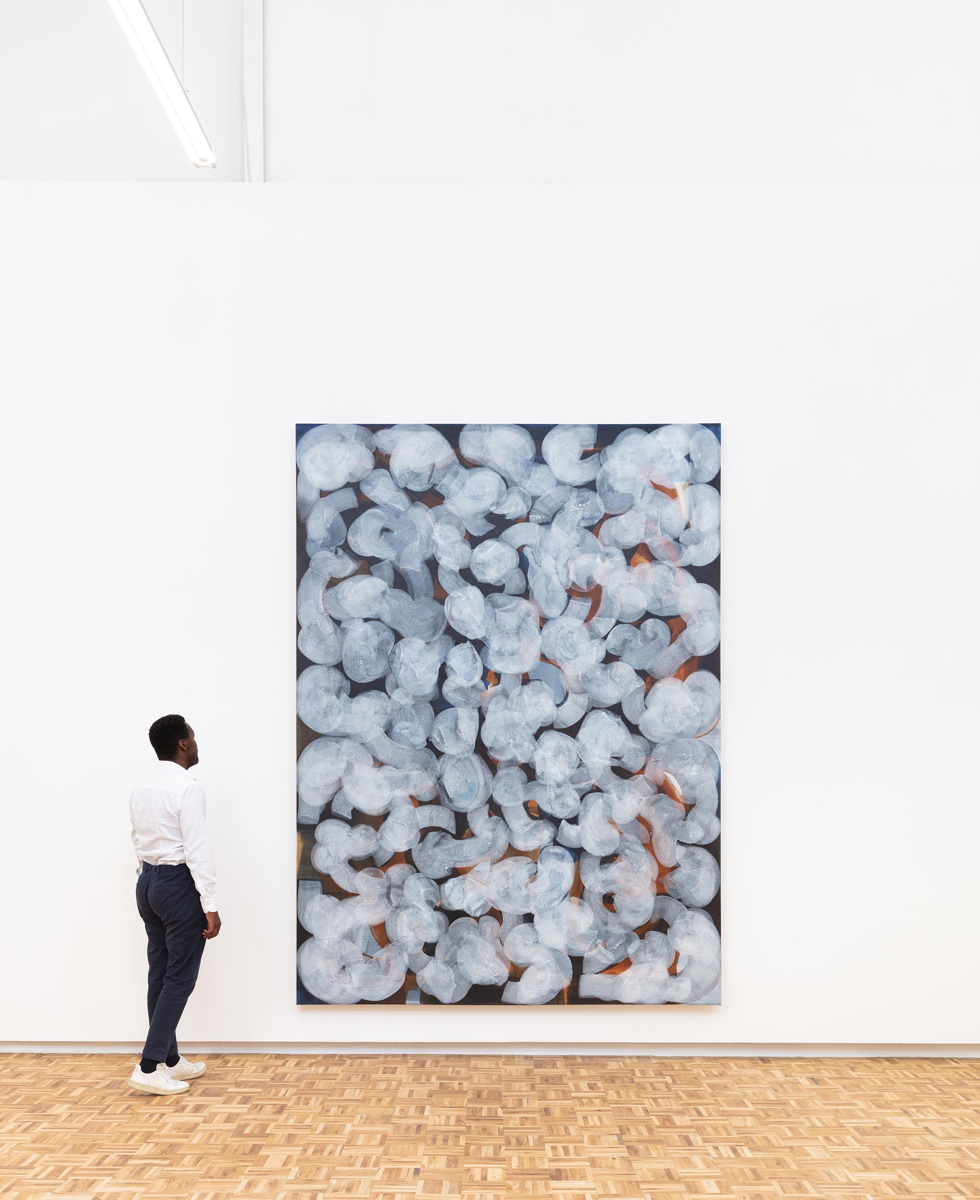


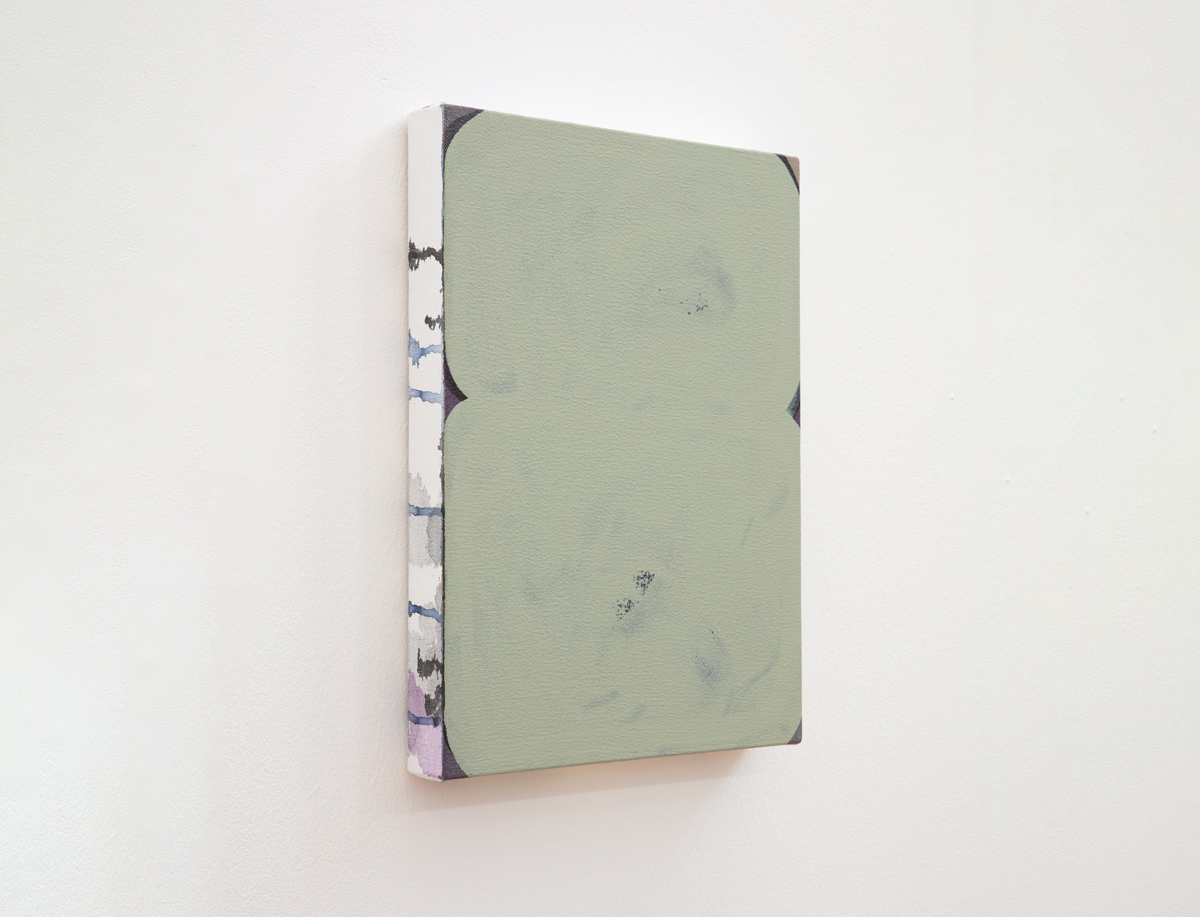
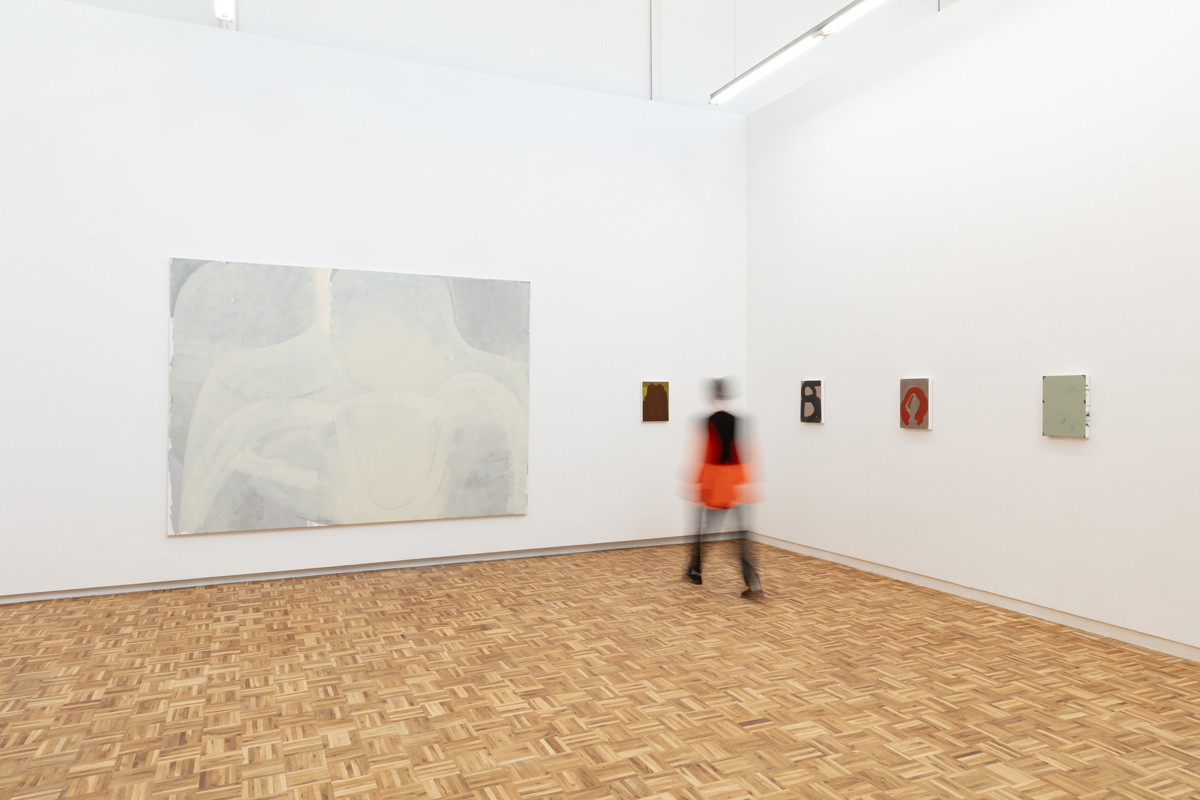



“This strange feeling of presence, made up of certainty and instability, scintillates at the edge of appearance while remaining more certain than any other visible thing."
Gerda Scheepers destroys things; and renders them new meanings. She dismembers then reconstitutes things into new forms that are constantly undergoing this same process of construction and deconstruction without aspiring finality - while simultaneously finding an unlikely state of (head)rest in composition. This fluidity is evident in works like Shelf for a Symptom, completed in 2019, in which the viewer is presented with a shelf that by all accounts, although shaped like a shelf, is not a shelf in any substantial, meaningful way. In this work a shelf is merely an idea, a gesture towards or away from that which shelves. Not only is it a piece of furniture, but a shelf is that which helps us compartmentalise the entirety of our lives. That which shelves separates the emotional from the physical, the real from the illusion, the church from the state, our most profound thoughts from the noise that rattles inside our psyches. That which shelves helps us put uncomfortable feelings away: feelings of trauma, hurt, loss, grief. These are just some of the ways in which a shelf loses its stability and certainty as a piece of furniture and begins to take on more transcendent qualities. And the Shelf for a Symptom is the physical rendition of this fluidity of form, but through fabric that can’t hold anything but itself or its own properties. In this way, the artist frees us from our conceptual prisons. In Platonic terms, Scheepers turns us away from the shadows projected on the walls of our caves and forces us to look directly at the source of this liquid light, which is unfathomable and uncontainable.
![]()
Gerda Scheepers, Shelf for a Symptom (blue) (2018)
Now think of MOTHER. Think of BROTHER. Think of ROOF, of CLOUDS, of GAZA, of GOD and think of HEADREST. These are just some of the works on show and each painting, as though it were a note along a keyboard or an instrument in an orchestra, plays along this logic of fluidity and instability as a struggle to find new ways of seeing the world that is before us. MOTHER is the principle of creativity. It is MOTHER who has the fecundity and the capability to birth new forms and new structures that both liberate and imprison us. Some say masculinity flows from the Great Mother as an aspect of herself and is recalled and cancelled by her at will… there’s no going beyond her. Motherhood blankets existence. This play or tension between MOTHER and BROTHER is found in the works on show. MOTHER overwhelms in her bulging brushstrokes, and BROTHER excludes and reduces in order to achieve a clarity of imagery and appearance. In art historical terms this clarity is born out of the Apollonian impulse – the masculine impulse that necessitates certain exclusions and reductions so that the work can achieve a glittering chastity of form. Like Apollo and Dionysus, MOTHER and BROTHER are kindred spirits and counterparts whose creative tension is the process that gives birth to the harmony that appears on the surface of these paintings. But beyond this harmony of brush stroke, form, colour, and layers of paint, exists another plane of interpretations that is introduced to us by the strange feeling of presence in almost all of these works. This feeling is present in Tie Back, as that eye that is defined by the negative space where the hair doesn’t meet. It is in the dour smiling faces that appear in ROOF, it is in the X-rayed COPYSHOP GOD. In MOTHER BROTHER GAZA it appears in the six, bulging rings or discs or dark clouds that seem to be in the process of expanding or exploding in perfect, plastic form with the six grey marks of paint turned to us as if they were eyes, as if the painting had achieved a kind of self-consciousness and was assessing our own moral character as we look at the work.
Lwandile Fikeni is a writer, creative director and art critic.
Exhibition press:
Shinners, K. Lump in the bed: Gerda Scheepers’ ‘MOTHER BROTHER’. Artthrob (online) [published 26 April 2024]
Maurice Blanchot
Gerda Scheepers destroys things; and renders them new meanings. She dismembers then reconstitutes things into new forms that are constantly undergoing this same process of construction and deconstruction without aspiring finality - while simultaneously finding an unlikely state of (head)rest in composition. This fluidity is evident in works like Shelf for a Symptom, completed in 2019, in which the viewer is presented with a shelf that by all accounts, although shaped like a shelf, is not a shelf in any substantial, meaningful way. In this work a shelf is merely an idea, a gesture towards or away from that which shelves. Not only is it a piece of furniture, but a shelf is that which helps us compartmentalise the entirety of our lives. That which shelves separates the emotional from the physical, the real from the illusion, the church from the state, our most profound thoughts from the noise that rattles inside our psyches. That which shelves helps us put uncomfortable feelings away: feelings of trauma, hurt, loss, grief. These are just some of the ways in which a shelf loses its stability and certainty as a piece of furniture and begins to take on more transcendent qualities. And the Shelf for a Symptom is the physical rendition of this fluidity of form, but through fabric that can’t hold anything but itself or its own properties. In this way, the artist frees us from our conceptual prisons. In Platonic terms, Scheepers turns us away from the shadows projected on the walls of our caves and forces us to look directly at the source of this liquid light, which is unfathomable and uncontainable.
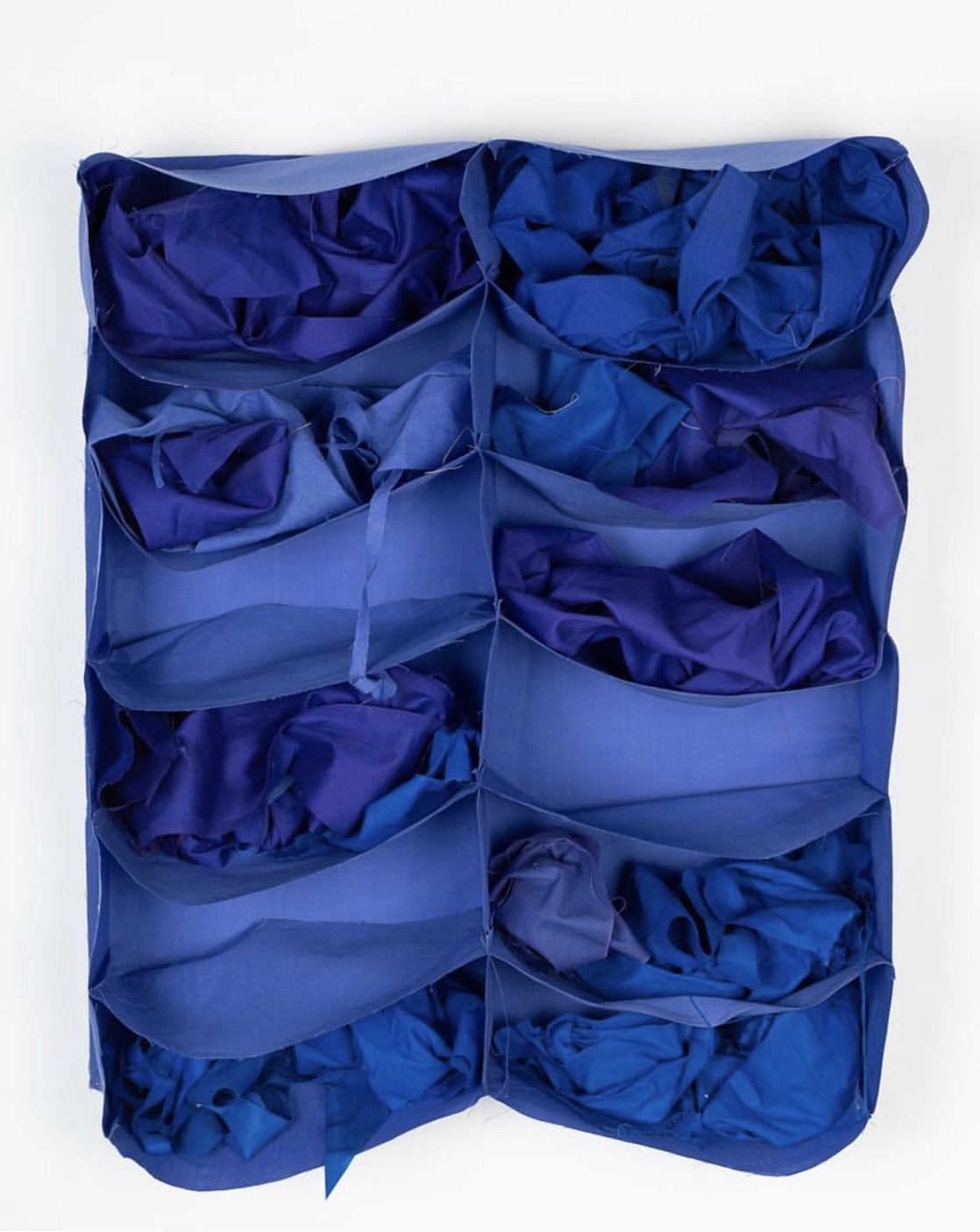
Gerda Scheepers, Shelf for a Symptom (blue) (2018)
Now think of MOTHER. Think of BROTHER. Think of ROOF, of CLOUDS, of GAZA, of GOD and think of HEADREST. These are just some of the works on show and each painting, as though it were a note along a keyboard or an instrument in an orchestra, plays along this logic of fluidity and instability as a struggle to find new ways of seeing the world that is before us. MOTHER is the principle of creativity. It is MOTHER who has the fecundity and the capability to birth new forms and new structures that both liberate and imprison us. Some say masculinity flows from the Great Mother as an aspect of herself and is recalled and cancelled by her at will… there’s no going beyond her. Motherhood blankets existence. This play or tension between MOTHER and BROTHER is found in the works on show. MOTHER overwhelms in her bulging brushstrokes, and BROTHER excludes and reduces in order to achieve a clarity of imagery and appearance. In art historical terms this clarity is born out of the Apollonian impulse – the masculine impulse that necessitates certain exclusions and reductions so that the work can achieve a glittering chastity of form. Like Apollo and Dionysus, MOTHER and BROTHER are kindred spirits and counterparts whose creative tension is the process that gives birth to the harmony that appears on the surface of these paintings. But beyond this harmony of brush stroke, form, colour, and layers of paint, exists another plane of interpretations that is introduced to us by the strange feeling of presence in almost all of these works. This feeling is present in Tie Back, as that eye that is defined by the negative space where the hair doesn’t meet. It is in the dour smiling faces that appear in ROOF, it is in the X-rayed COPYSHOP GOD. In MOTHER BROTHER GAZA it appears in the six, bulging rings or discs or dark clouds that seem to be in the process of expanding or exploding in perfect, plastic form with the six grey marks of paint turned to us as if they were eyes, as if the painting had achieved a kind of self-consciousness and was assessing our own moral character as we look at the work.
Lwandile Fikeni is a writer, creative director and art critic.
Exhibition press:
Shinners, K. Lump in the bed: Gerda Scheepers’ ‘MOTHER BROTHER’. Artthrob (online) [published 26 April 2024]